Which nitrogen is protonated readily in the guanidine?
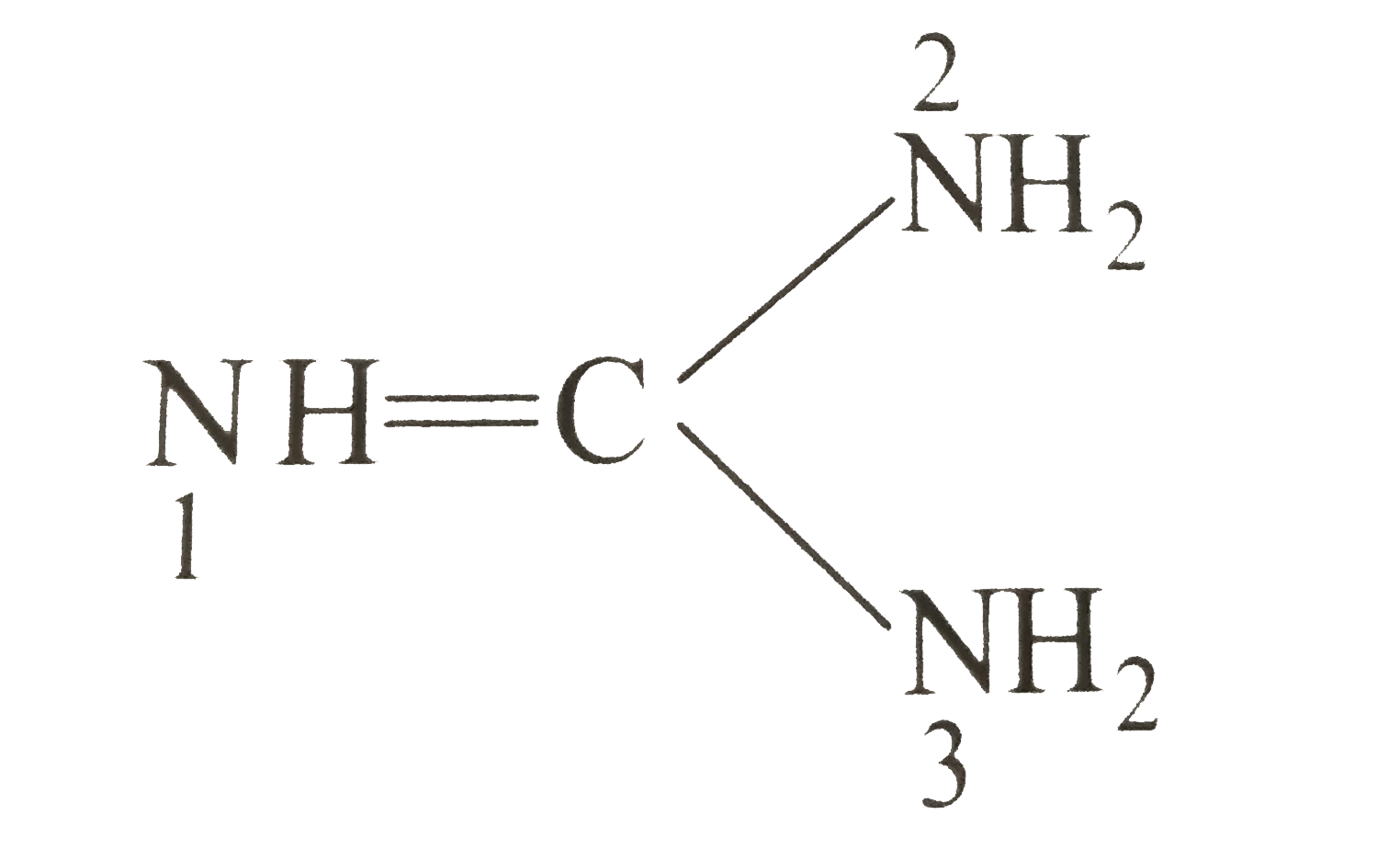
A
1
B
2
C
3
D
none of the above
Video Solution
Text Solution
The correct Answer is:A
|
Answer
Step by step video & image solution for Which nitrogen is protonated readily in the guanidine? by Chemistry experts to help you in doubts & scoring excellent marks in Class 12 exams.
Updated on:21/07/2023Topper's Solved these Questions
- BASIC PRINCIPLES OF ORGANIC COMPOUNDS (MECHANISM OF ORGANIC REACTIONS)BOOK - OP TANDONCHAPTER - BASIC PRINCIPLES OF ORGANIC COMPOUNDS (MECHANISM OF ORGANIC REACTIONS)EXERCISE - SET II
24 Videos
- BASIC PRINCIPLES OF ORGANIC COMPOUNDS (MECHANISM OF ORGANIC REACTIONS)BOOK - OP TANDONCHAPTER - BASIC PRINCIPLES OF ORGANIC COMPOUNDS (MECHANISM OF ORGANIC REACTIONS)EXERCISE - ASSERTION-REASON TYPE QUESTIONS
15 Videos
- BASIC PRINCIPLES OF ORGANIC COMPOUNDS (MECHANISM OF ORGANIC REACTIONS)BOOK - OP TANDONCHAPTER - BASIC PRINCIPLES OF ORGANIC COMPOUNDS (MECHANISM OF ORGANIC REACTIONS)EXERCISE - OBJECTIVE QUESTIONS (Level-A)
193 Videos
- BASIC PRINCIPLESBOOK - OP TANDONCHAPTER - BASIC PRINCIPLESEXERCISE - SECTION V INTEGER ANSWER TYPE QUESTION
3 Videos
- CARBOXYLIC ACIDS AND THEIR DERIVATIVESBOOK - OP TANDONCHAPTER - CARBOXYLIC ACIDS AND THEIR DERIVATIVESEXERCISE - Integer
4 Videos
Similar Questions
Knowledge Check
Which carbonyl group is protonated most readily in acidic solution, but gives nucleophilic addition by NH4NH−Ph least readily ?
A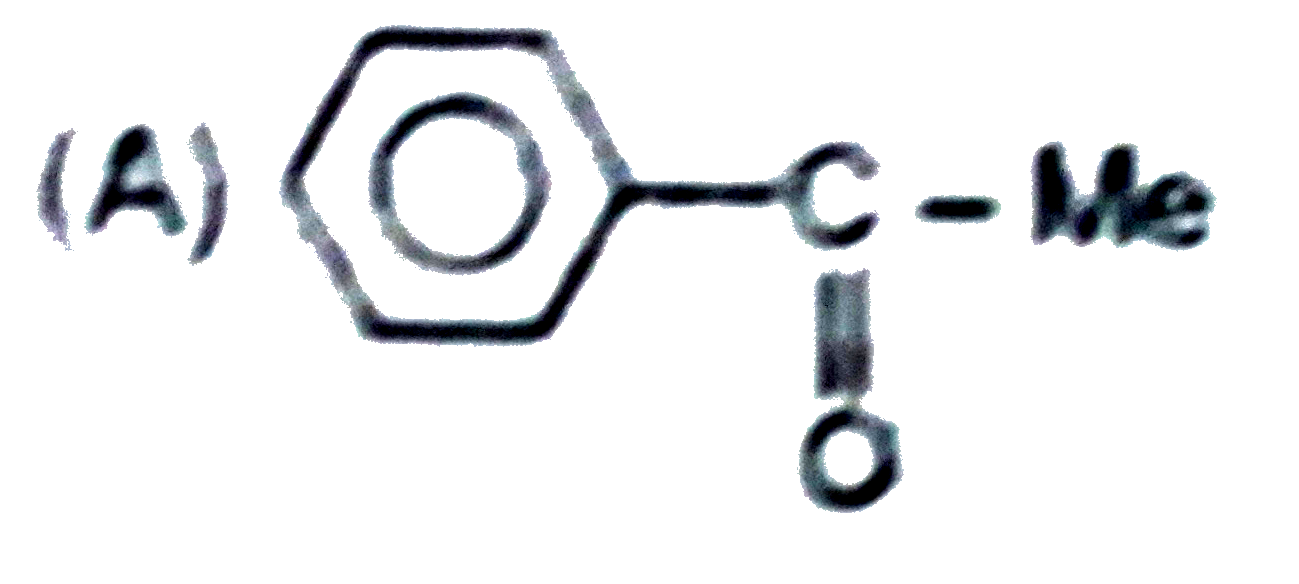 B
B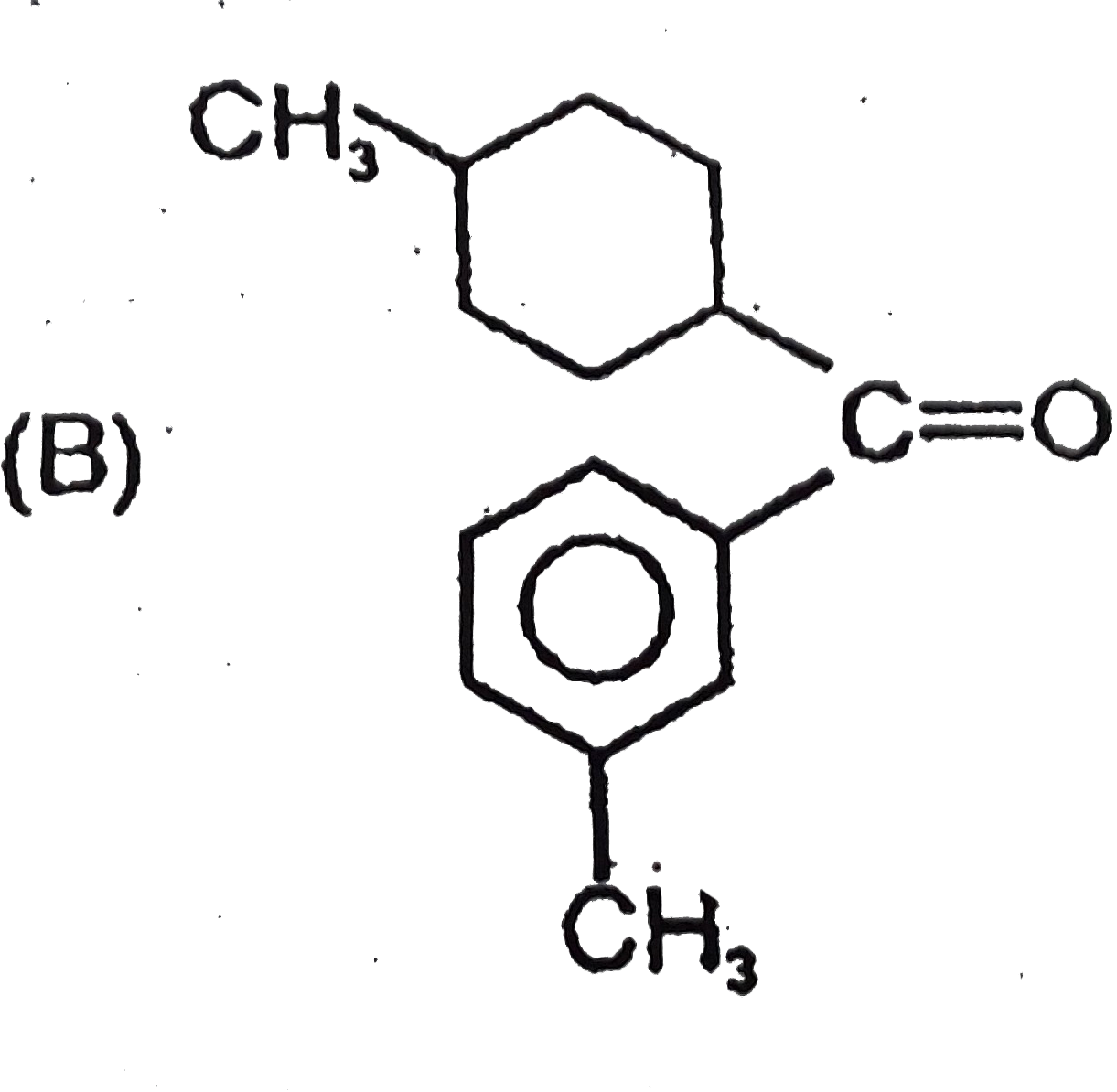 C
C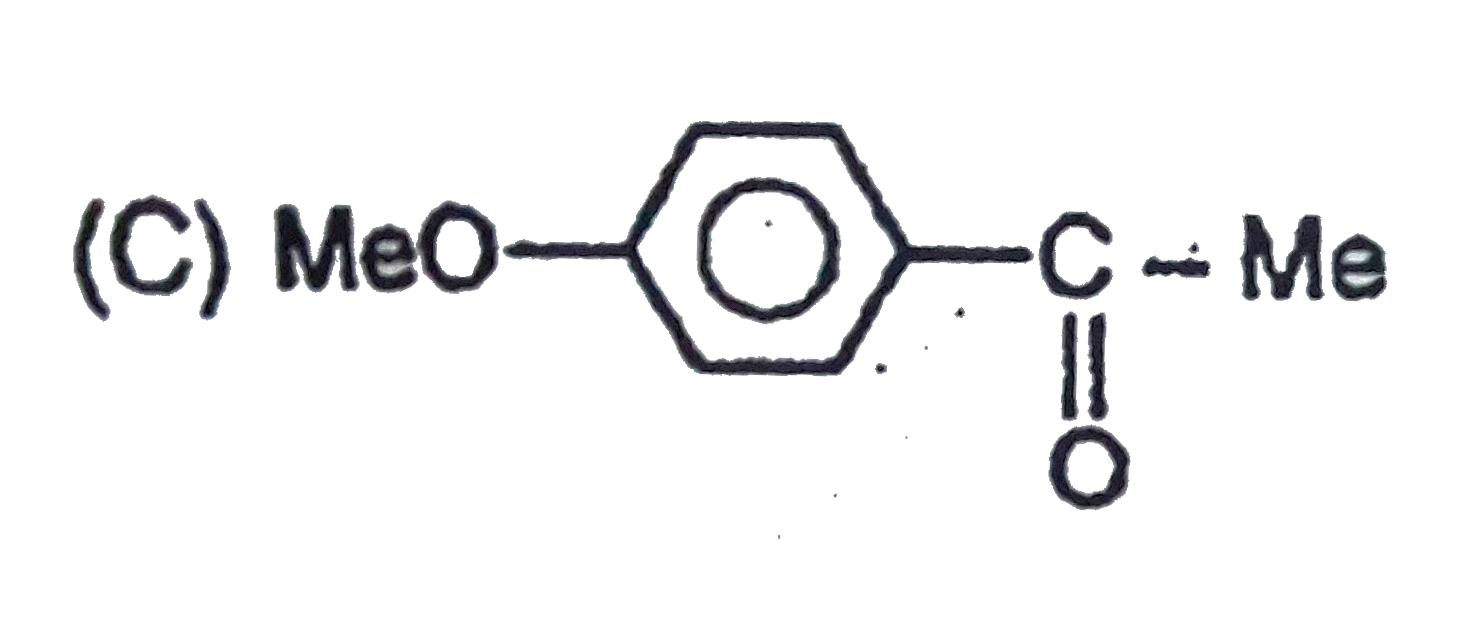 D
D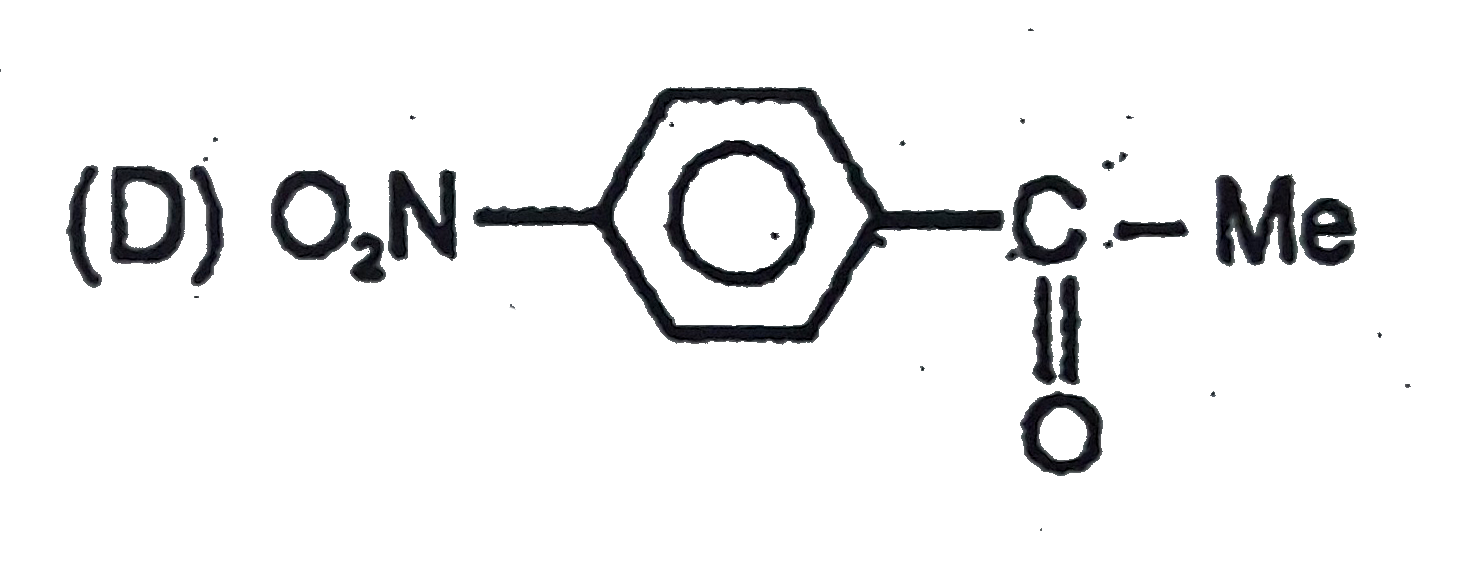
Which xylene is most readily nitrated ?
Aortho XyleneBpara XyleneCmeta XyleneDall at the same rateChoose the most appropiate pair of nitrogens that gets protonated in the following structures.
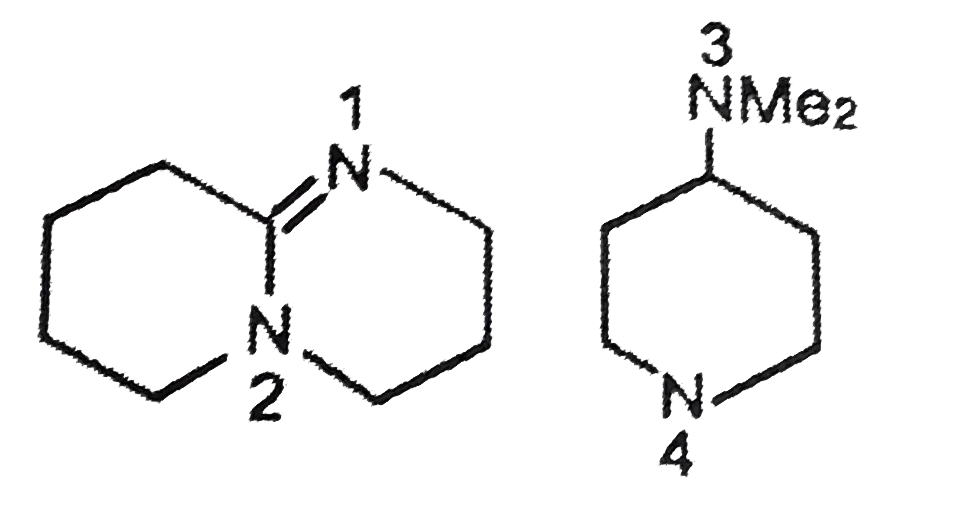 A1 and 3B2 and 4C1 and 4D2 and 3
A1 and 3B2 and 4C1 and 4D2 and 3
Which is expected to react most readily with bromine
View SolutionWhich of the following diacid readily gives anhybride on heating ?
View SolutionThe nitrogen atom has 7 protons and 7 electrons. The nitride ion will have-
View SolutionWhich of the following will most readily give the dehydrohalogenation product ?
View SolutionWhich of the following will most readily give the dehydrohalogenation product ?
View Solution
